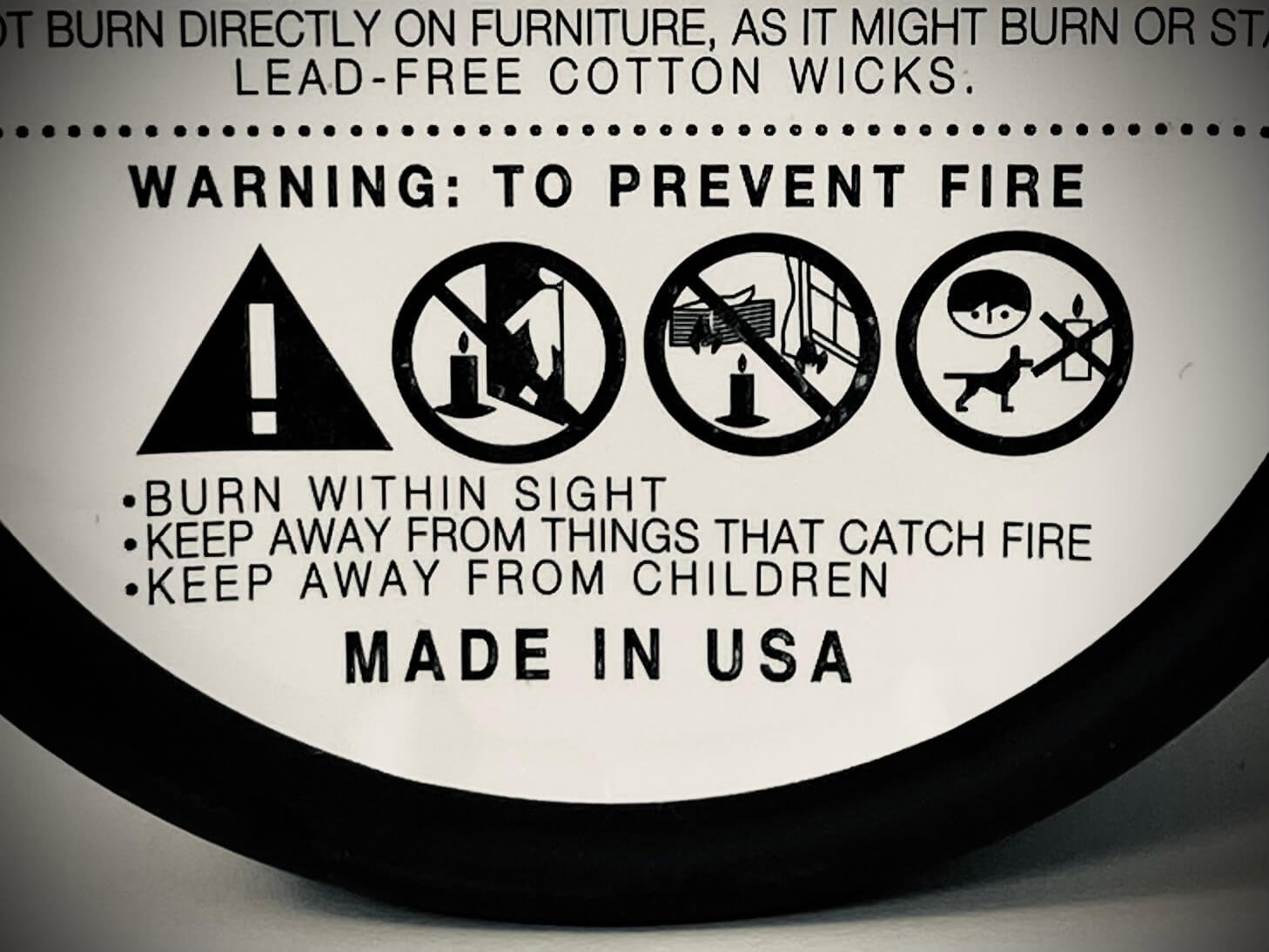How To Create A Brand Culture...
Today, the brand and the company are one.
It's no longer sustainable to create an external image for a brand, that's at odds with the company behind it. The connected world has given customers much greater ability to read the body language of a brand, exposing the culture of the company behind it.
That culture needs to be living and breathing the brand.
How do you achieve this?
Here's a 5 step approach that I've used before.
1) Be Clear What You Stand For.
Start with defining the company's core purpose, and its beliefs. Why it exists, beyond just making money. This needs to be grounded in enriching people's lives in some way, so that it can inspire and unite both employees and customers around the same goal.
I've also found it useful to define clearly the benefits the brand creates for customers, communities, and employees - the value that it creates for them.
2) Hardwire the Operating Model.
Take those benefits that the brand creates, turn them into policies that need to be followed, and embed them in the core processes of the company. This will ensure they can be delivered consistently, every day.
3) Connect the Job Descriptions.
Build the company's job descriptions around the core purpose, and the benefits. Articulate how that particular role contributes to them, and follow it through in recruitment and training.
4) Communicate, Communicate, Communicate.
Establish a regular communication program within the company, centered around the core purpose and benefits, to reinforce continually what the company stands for.
5) Measure Success.
Consistently measure success in delivering those benefits, with customers and employees. Ensure they are given at least equal weight to the financial metrics of the company.
How does this work in practice?
Let's follow an example through.
First, Tesco clearly articulated a core purpose – create value for customers to earn their lifetime loyalty -, which was summed up in a simple expression “Every Little Helps”. However, if you talked to one of its customer assistants in store, though they loved the sentiment, they weren’t sure what it meant to their day-to-day job.
So Tesco defined the "Every Little Helps" shopping trip that customers wanted (the benefits), in language every one could understand. This consisted of 5 promises, including "The aisles are clear" and "I can get what I want".
Second, taking the “The aisles are clear”, as an example. This was translated into a policy, that there must always be room for two shopping carts to pass. It was then hard-wired into the processes of the business, ensuring, for example, that stores were designed with wide enough aisles.
Third, it became part of a customer assistant's job, to ensure that the aisles were kept clear of obstacles.
Fourth, the "Every Little Helps" shopping trip was consistently communicated through the internal communication channels of the business, and discussed at regular "town" meetings.
Fifth, success was measured both through objective observation, and how satisfied customers were. Performance was regularly reviewed alongside the financial metrics of the company.
By following these 5 steps, the brand becomes the company, and the company becomes the brand. It's inspired and united by its core purpose, and focused on the benefits it delivers, each and every day.
If customers like what it stands for, and find those benefits useful, then they'll embrace it.
Such are Loyal Brands...









